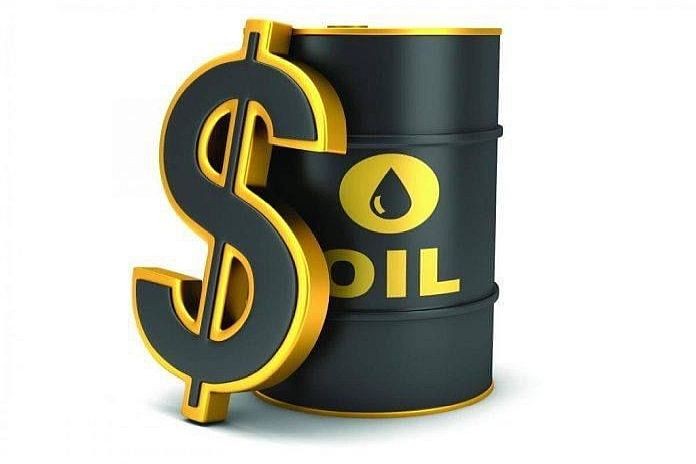By BDC
MONTREAL, Canada – At the time of writing, WTI was trading at US$74, while Brent was up slightly at US$77.8. This after the main crude benchmarks reached US$77 and US$81 per barrel respectively in early October – up 12 percent (around US$10 per barrel) from their late-September lows.
The geopolitical risk remains, but the associated premium on the price per barrel is diminishing. This explains the rapid rise in prices at the beginning of the month. The market was on edge, waiting for Israel to retaliate against Iran. In the absence of a major supply disruption, both WTI and Brent have fallen back—fundamentals taking over from expectations. If Iran’s oil infrastructure is not hit on a large scale, prices could fall further, with Chinese demand yet to materialize and US inventories on the rise.
China’s economic difficulties
Despite the announcement of greater economic stimulus to support the country’s ailing real estate sector, China’s economic recovery is still disappointing for the time being and has not translated into major purchases for the oil market. Demand for crude still seems to be slowing down, while imports are failing to recover. According to Kpler data, China’s crude oil imports averaged just 10.8 million b/d in September, down more than 500,000 b/d on the previous month.
US inventories on the rise
US crude oil inventories recently rose more sharply than the US oil market had expected. The data show a significant increase of 10.9 million barrels at the beginning of the month, far exceeding the expected increase of 1.95 million barrels.
This increase is a harbinger of a possible slowdown in US fuel demand, which will have been enough to push prices further down. Concerns about US demand are heightened as the Mid-South region deals with a series of destructive hurricanes.
OPEC+ hopes to push prices up
In early September, the Organization of the Petroleum Exporting Countries and its allies (OPEC+) decided to delay the increase in oil production for a further two months in an attempt to support prices, but to no avail so far. Forecasts of falling global demand, combined with new oil supplies from non-OPEC countries, point to a long period of moderation in crude oil prices.
The extension of crude oil production cuts until December, in an attempt to limit supply to the market, will not have the desired effect on prices as long as demand remains weak.
In a nutshell…
Oil prices fell back after a momentary rise in early October due to geopolitical tensions in the Middle East. Chinese demand remains weak despite stimulus measures, and US inventories have risen sharply – both signs that global demand remains weak. OPEC+ extended production cuts, but this was not enough to support prices in the face of falling global demand and a new supply of non-OPEC oil. For the time being, consumers should continue to welcome the correction in barrel prices, which is reflected in pump prices and inflation.
[OPEC daily basket price stood at $73,58 a barrel Tuesday, 15 October 2024 – Vienna, Austria, 16 October 2024–The price of OPEC basket of twelve crudes stood at $73,58 a barrel on Tuesday, compared with $77,06 the previous day, according to OPEC Secretariat calculations (view archives).]





